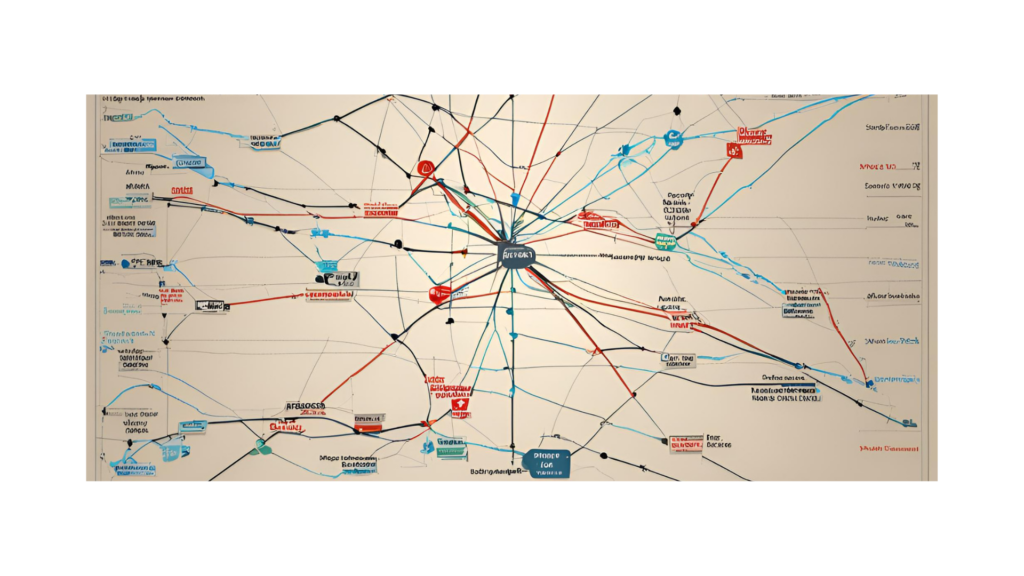First, let’s clarify some definitions. I intentionally use the term “action signal.” An action signal means buying or selling an asset to make a profit. Note that it’s simply buying or selling, not opening or closing a position. Action signals can take many forms, from candlestick patterns to indicators reaching certain values on specific timeframes.
Despite this variety, I would divide signals into three main groups: price-movement signals (such as moving average crossovers), level-based signals, and pre-emptive price movements without explicit signals.
Let me summarize my criteria for a quality signal: it should be simple. For example, a candlestick pattern is simple, while a proprietary indicator on multiple timeframes or a combination of several signals is complex. Reliability is another matter; each “swamp praises its pond.”
The next criterion is that a signal should not leave “gray areas” on the market. To fulfill this, you need a market picture—a system of definitions that describes price movements on the market. This picture enables traders to form an action plan aimed at making a certain profit within a specified time frame, based on the risk parameters they set.
The key here is to make a profit within a fixed time. The trader’s market view should not allow for gray areas. For example, under this definition, Elliott waves are more practical than Wolfe waves since not every movement suggests Wolfe waves. Elliott waves, however, aren’t perfect either; the historical chart view may not accurately indicate how you’ll interpret market behavior in real time. The waves can repaint or shift, making them challenging to trade with. Therefore, it’s essential to always have a plan for instances where the second downward wave unexpectedly turns into the third upward wave. However, this is just my perspective, and I acknowledge that it might stem from my lack of expertise in this area.
This isn’t about the effectiveness of a particular system, indicator, or signal, but rather their interrelation. Statistics show that the most effective trading systems are often built around a grid of orders, sometimes incorporating martingale strategies. While such systems may deliver impressive results, they only work for a limited time before inevitably resulting in a loss. Thus, the challenge is to recognize when the market dynamics are shifting.
One of the reasons for such failures is the indiscriminate use of signals—acting on any signal that appears without evaluating the overall market state. It’s crucial to grasp what’s happening on the market, and this understanding should be consistent. You need to break down the market into the “molecules and atoms” from which you can build any desired model.
Markets aren’t unique; they behave much like any other business, moving through the stages of accumulation, growth, maturity, distribution, and stagnation. Your goal is to identify these phases and understand which signals work best in each. In the accumulation or stagnation phase, signals should be short-term, while in growth and maturity phases, they might indicate a longer holding period. However, these phases often alternate in surprising ways.
This dynamic reflects the reality that there is no objective “high” or “low” price. Everything depends on the specific actions and financial objectives of individuals or groups.
To summarize: the main challenge in trading isn’t finding a good signal, but rather the ability to clearly describe the current market conditions and set appropriate goals based on available financial and time resources.
Best regards.
